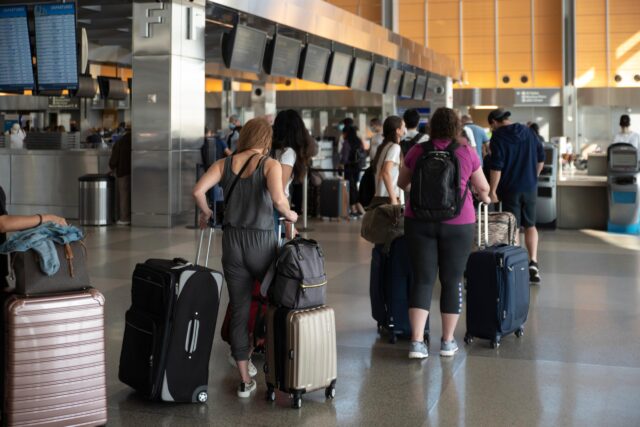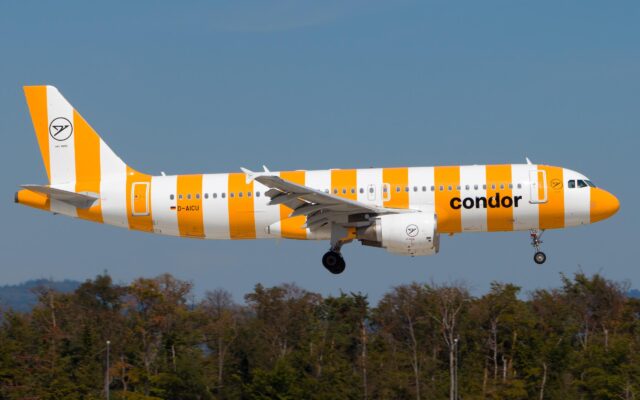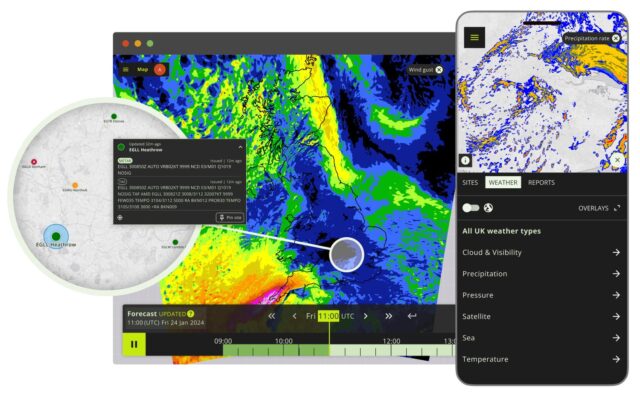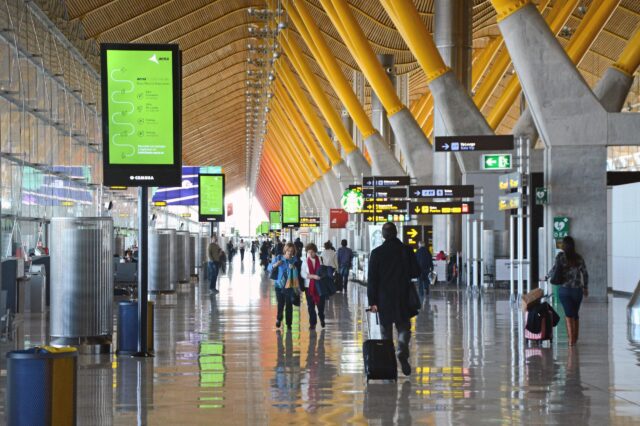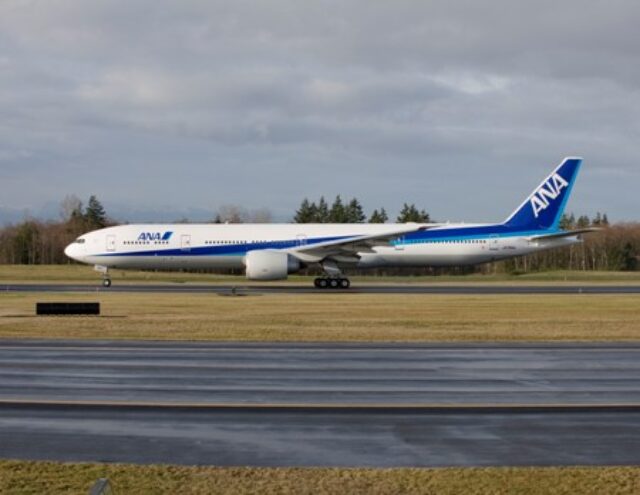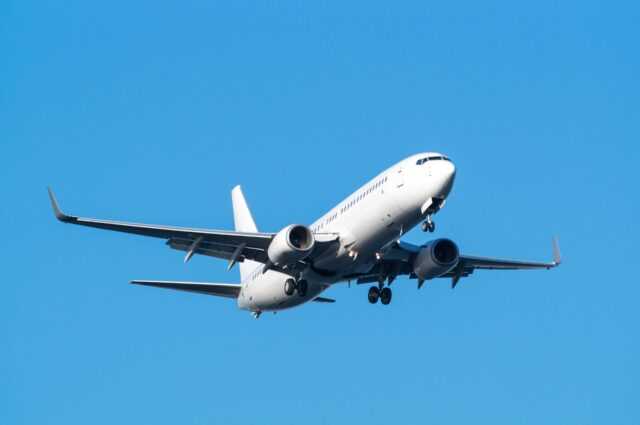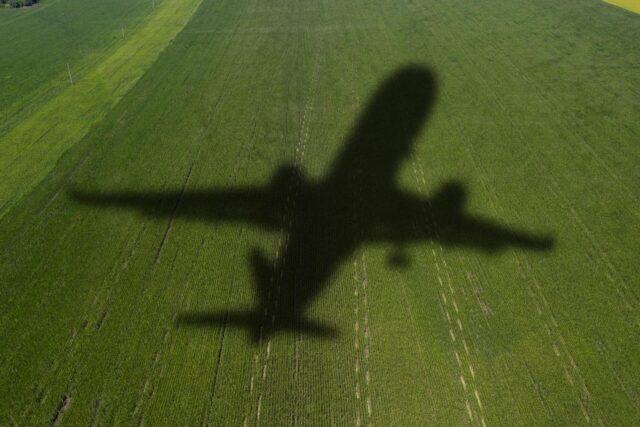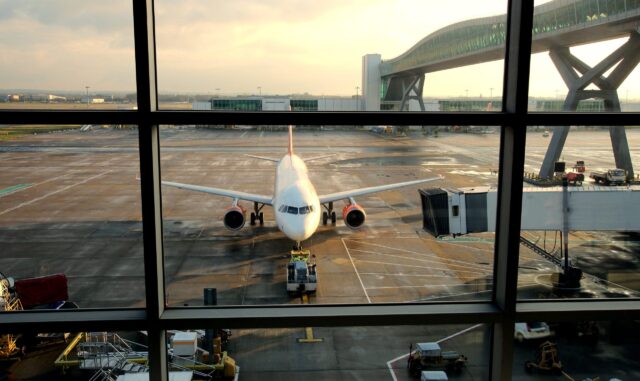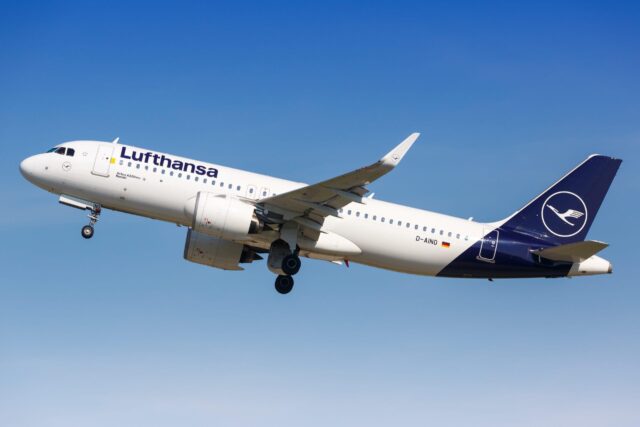UK allocates £20 million to advancing drone and eVTOL ecosystem

The UK Department for Transport (DfT) has allocated over £20 million in funding to help make drone operations for emergency services and so-called flying taxis “a reality,” the government has revealed, alongside outlining how the regulator will prioritise work within the uncrewed aerial system (UAS) sector.
Aviation Minister Mike Kane urged the need to create a “nimble regulatory environment” to enable faster integration of drones and flying taxi industries, the latter of which could be in operational service from 2028. To help support this ambition, the regulator will meet with drone operators, flying vehicle innovators, local authorities and the Future of Flight industry group, which is to be co-chaired with Skyports CEO Duncan Walker.
While the CAA will receive £16.5 million of the funding between 2025 and 2026, the Future Flight Challenge will also receive up to £5 million from the DfT and Innovate UK; supporting regional demonstrations and development of commercial solutions. This is in line with the government’s ‘Plan for Change,’ intended to unlock barriers to growth.
To support the growth of the UAS sector, the CAA is to focus on a number of ongoing areas by March 2026. These include developing a simplified process to enable a two-year airspace change (rather than the current 90 day limit) for remotely piloted aircraft systems (RPAS) operations, developing options for mandating electronic conspicuity, and considering noise exemptions for RPAS trials.
With emergency service applications at the heart of UAS change, Minister for Aviation Mike Kane and Science Minister Lord Vallance noted that “operations such as London Health Bridge not only benefit those NHS hospitals where the UAS are flying, but also the wider UAS sector,” with initial use cases studied creating “a pathway for other operators to follow”. An “updated approach for authorising Emergency Services RPAS operations” will also help ensure they will be able to “adopt UAS where it supports their mission and increases overall safety to the public”.
“These regulatory reforms for drones – requiring all aircraft to share their location – will make drone operations safer and therefore speed up approvals, allowing them to operate near airports and simplifying their use for delivering medical supplies – while unlocking further commercial opportunities,” concluded Vallance.
